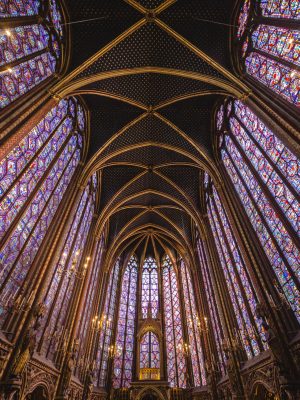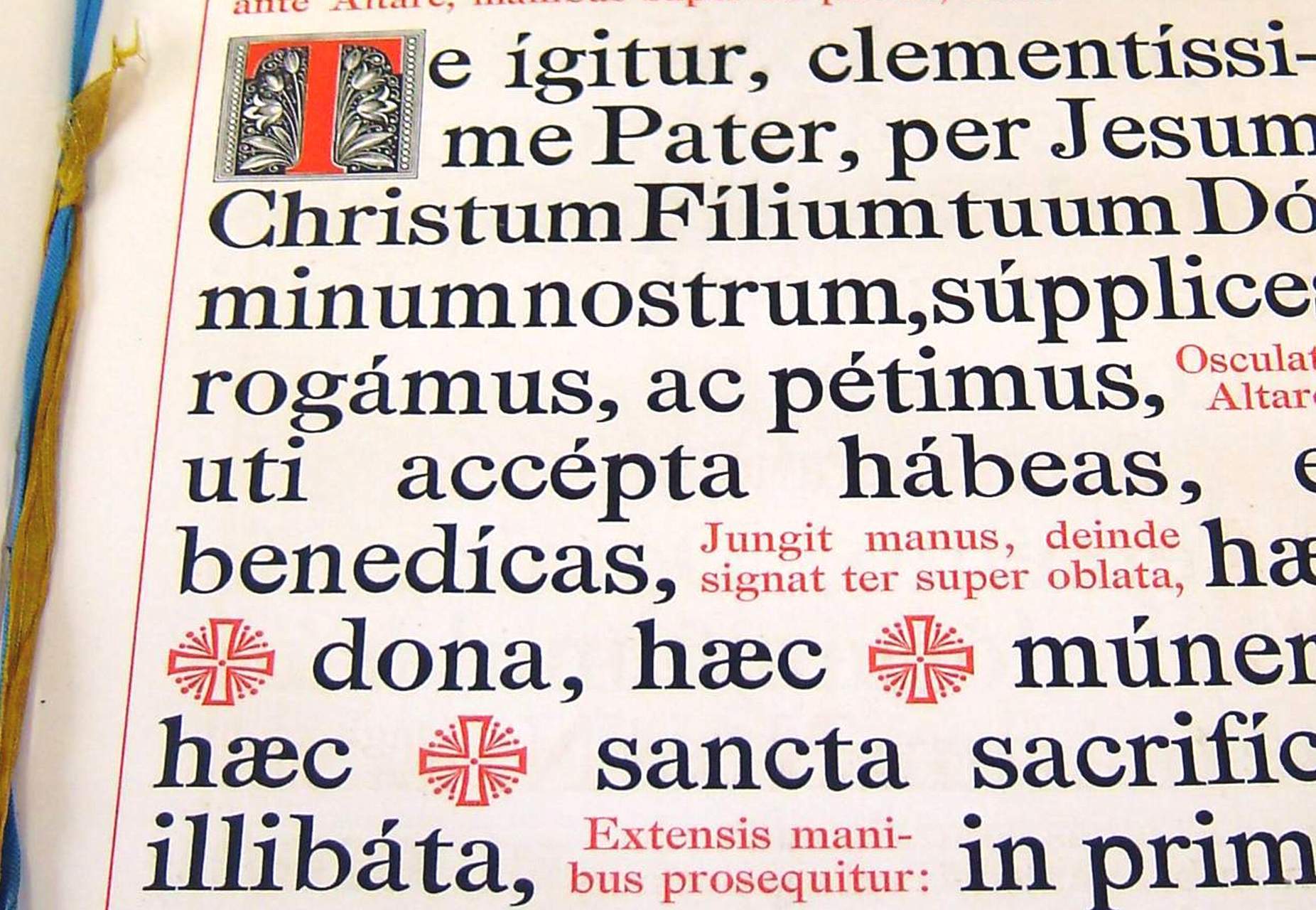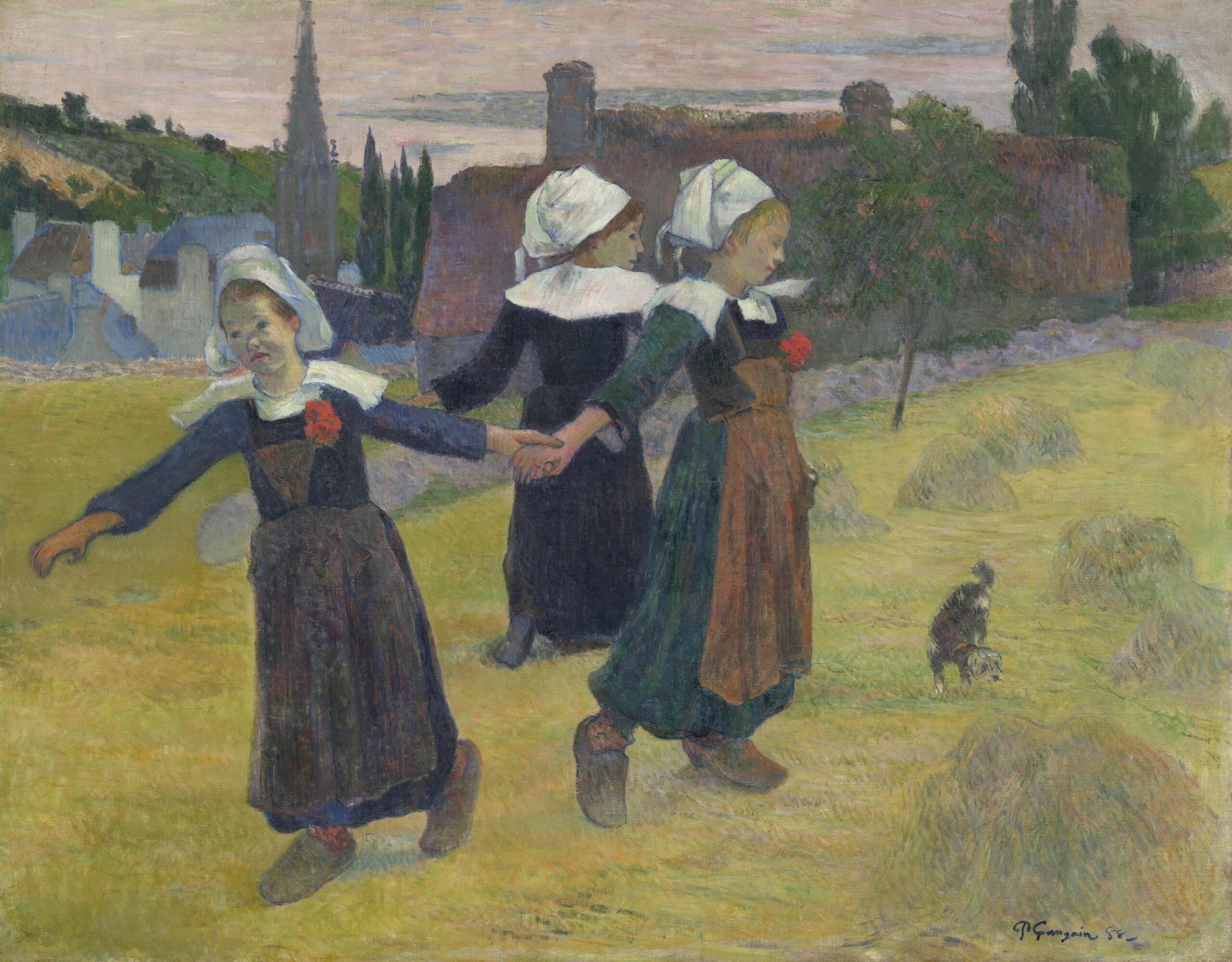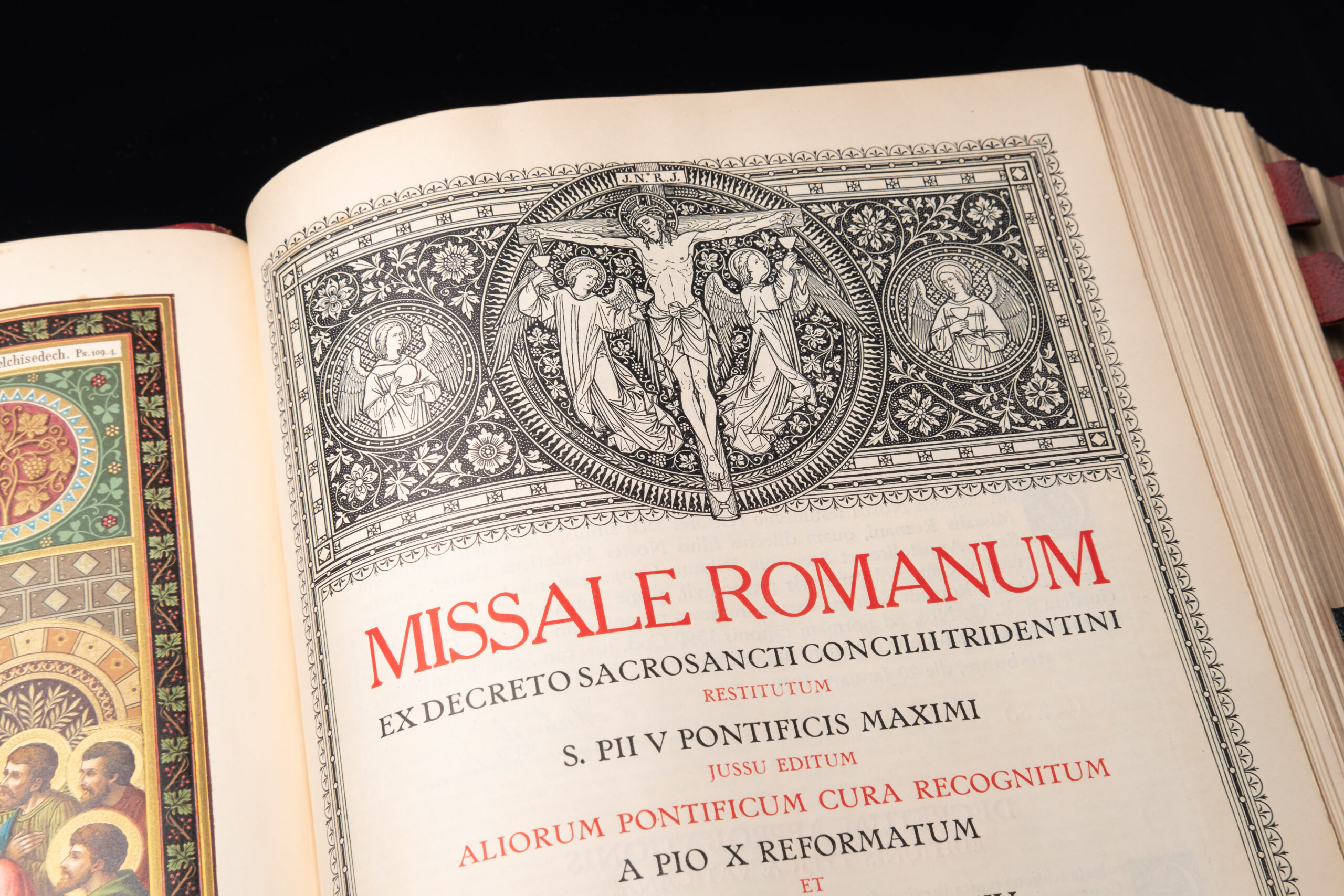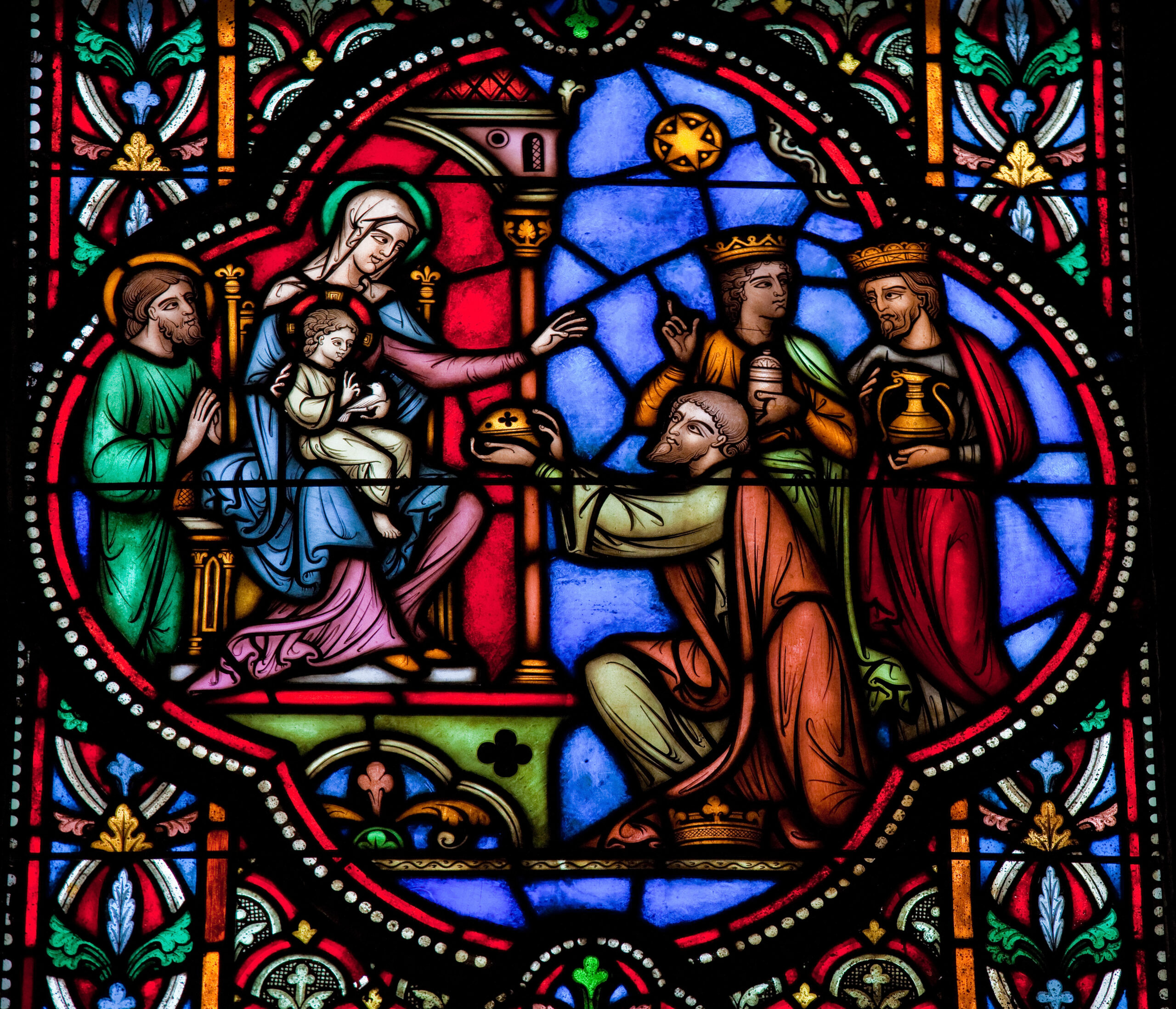“The influence of the classical tradition is even more clearly discernible in the rise of the new Christian poetry.”
-Christopher Dawson
The Catholic Church has long been the mother of poets no less of saints. The Church through the centuries has taken great interest in poetry, reflected in her poetic rites and rituals, liturgical edifice, songs and liturgies.
By Catholic poetry the imagination is ignited and it reminds anyone who will listen that the Church is the representative of the arts, of all that is beautiful and lyrical. In the words of Cardinal Newman, “The Church Herself is the most sacred and august of poets.”
In a changing world, the message of Catholic poetry is one of an unchanging spiritual order.
Liturgy as a Center of Poetry
In Christian history first and foremost the liturgy was the center of a rich tradition of religious poetry and music, full of lyric artistry and symbolism.
In the early years the art of the Church was essentially a liturgical art which cannot be understood without some understanding of poetry as a communicative language.
Liturgical poetry in the Catholic tradition gives a classical, universal and supertemporal character to poetry. Poetry can easily become a prayer, in its spontaneity of feeling and emotion.
Examples abound, such as the Medieval Latin hymn Pange Lingua, attributed to St. Thomas Aquinas or the Mass and Office written for the feast of Corpus Christi, also by Aquinas. Various English translations exist of these hymns in varying rhyme scheme and metre.
Poetry is a good fit for the Catholic Church, which is a supernatural organism which transcends human cultures and transforms them through her own ends.
Even before the advent of the Christian religion, the poetic medium of the Psalms has long been acknowledged. The Old Testament is full of poetry, admired by observers such as Josephus, Origen, Eusebius, and Jerome.
The favorite bard of the Old Testament was King David who authored the Psalms, works considered poetry even as verse arranged in lines.
It has been stated by the Renaissance historian Leonardo Bruni D’Arezzo that, “the soul is ordered in special relation to the principles of harmony and rhythm, and is by no other influence so fitly and so surely moved [as by poetry].”
Poetry as a Channel for Religious Truth
The Christian world of the past was exceptionally well provided with ways to access spiritual realities. Christian culture was seen more as a sacramental culture that embodied religious truth in visible and palpable forms. Poetry provided a means of unlocking some of this truth otherwise unexplainable.
The Church not only made use of poetry, but also art, architecture, music, drama, philosophy and history, all made use of as channels for the communication of religious truth.
Today these channels have been cancelled, closed by unbelief or choked by ignorance or prejudice. Poetry is no longer spoken of, taught or learned in most schools.
In this way many modern people have been deprived of this meaningful mode of outward expression, communication and education.
Various medieval theologians stand out who wrote poetry that reached great heights to explain certain truths, a testament to their spirituality, creativity and literary virtuosity. Many of their works were called “opusculum,” or little works of poetry.
One example is the medieval theologian, the Franciscan mystic and philosopher Bonaventure who wrote poems to Mary such as the Divine “Ave.” One of his most beautiful poems is surely his Laus Beatae Virginis Mariae (“Praise of the Blessed Virgin Mary”).
This work by Bonaventure is comprised of a series of short, devotional poems that reflect upon various aspects of the unspotted holiness, virtue, merit and sublime beauty of Our Lady as she was mystically pre-figured in the Old Testament.
Over the centuries religious poetry has been written in every form, including stanzas according to strict patterns of rhyme and meter as well as in acrostic form, where poems are composed with certain letters in each line forming words of meditations, all while channeling certain religious truths.
The Revival of Poetry Through Homeschooling
Even though poetry is something that has been lost by Western society in general, today it is making a comeback in many Catholic families thanks to the homeschooling revolution.
The choice for Catholics who are serious about bequeathing their children with a classical Catholic education is between a return to the spiritual traditions of Christianity or the continued renunciation of them in favor of a complete rejection of the past.
For this reason especially, the survival of culture through poetry fits well with the homeschool movement as it has always been an integral part of both classical education and Christian culture.
Further, religious poetry in the Catholic tradition plays a substantial role in teaching ancient wisdom. It was born from the tradition of Latin poetry that was adapted in large part from Greek models and is paired well in homeschool curriculums with the study of classical and ecclesiastical Latin.
Homeschool students are encouraged to study poetry as part of a classical program of studies. Many important life lessons can be learned from the classical Latin verse and prosody (emotions, emphasis, focus) of the stories and poems. Recommended poets for high school students include Francis Thompson (an English Catholic mystic), Horace (the ancient Roman author of Ars Poetica), the Late Medieval poet Dante, author of the Divine Comedy), and Tassso (the Renaissance poet and author of Jerusalem Delivered).
An excellent homeschool resource related to this subject is the book entitled Poems Every Catholic Should Know, compiled by Joseph Pierce. The eBook is available on the TAN Books website and is highly recommended for older students.
Loss of Poetic Mind Through Individualism
The religious individualism of the last five centuries, since the time of the unfortunate Protestant rebellion, has not been in favor of religious poetry. With the dissolution of the medieval synthesis, religious poetry has slowly waned.
It is the great paradox of Christianity, as Newman insisted, that the Christian religion is a principle of life for civilization – even in secular matters – while it is ever at issue with the world and is always on the verge of being destroyed by it.
Even if the modern world finds no place for the Church (or classical education for that matter) due to the self-centered absorption and rejection of religious emotion and experience, hopefully hearts will open to the Church reaching the human soul and dialoging with the human spirit through the endangered language of poetry.
In Catholic history poetry has been embodied by real Christian society, something that was taught and fostered for centuries in monasteries and Catholic schools. The long success of Catholic poetry has partly been because Catholic society is so adaptable to transcendental forms and expressions of beauty, while being under attack on so many levels.
Religious poetry, which has traditionally emanated from a free creativity of the spirit is oriented to speak and express to the human soul, resulting in great words proffered that are influenced by the Holy Spirit. Thus the spiritual power of poetry can touch the most hardened of hearts.
A Favorite Poem of Bishop Sheen
In conclusion, Bishop Sheen was a big fan of good poetry and always found it sparkling, brilliant, explosive, humorous. In his autobiography, the final book of his life, he wrote: “And I must not forget poetry, particularly The Oxford Book of Mystical Verse – especially the poems of Studdert Kennedy and, above all, Francis Thompson. Through the years I have kept a file of favorite poems, many of which I have learned by heart” (Treasure in Clay, p. 79).
An example of a favorite Catholic mystical poem of Bishop Sheen was written in Ireland by Joseph Mary Plunkett (1887-1916).
This poem is a longtime favorite of many English-speaking Catholics and was sometimes recited by Bishop Sheen in his famous sermons. Sheen, who was fond of all things Irish, was most especially fond of this poem and recited it often from memory.
In previous decades this same poem was introduced to many Catholics in America through the Legion of Mary, where it was found printed in their red manual that belonged to members. For the Legion of Mary, the recitation of the poem was a sort of prayer akin to the spirituality of the organization.
It is the hope of the author that readers will enjoy this poem and recollect on its simple and deep meanings, written by a young poet who died at the age of twenty-eight.
I See His Blood Upon The Rose
By Joseph Mary Plunkett
I see his blood upon the rose
And in the stars the glory of his eyes,
His body gleams amid eternal snows,
His tears fall from the skies.
I see his face in every flower;
The thunder and the singing of the birds
Are but his voice – and carven by his power
Rocks are his written words.
All pathways by his feet are worn,
His strong heart stirs the ever-beating sea,
His crown of thorns is twined with every thorn,
His cross is every tree.
Source: The Official Handbook of the Legion of Mary.


